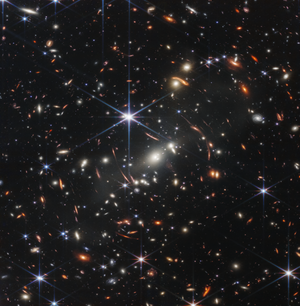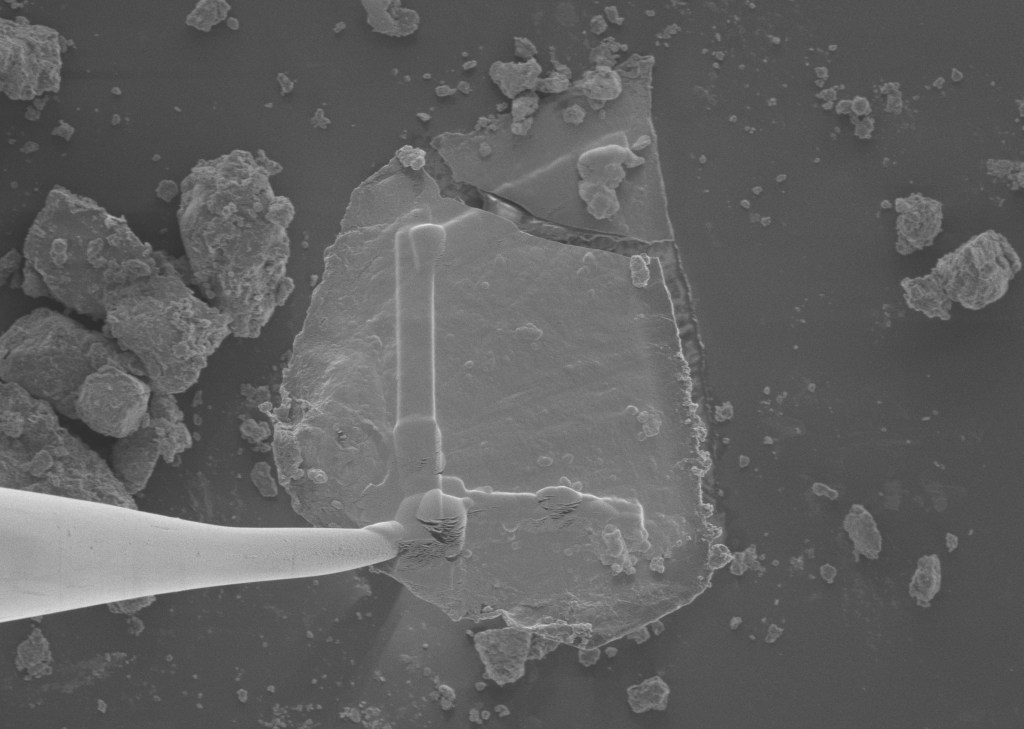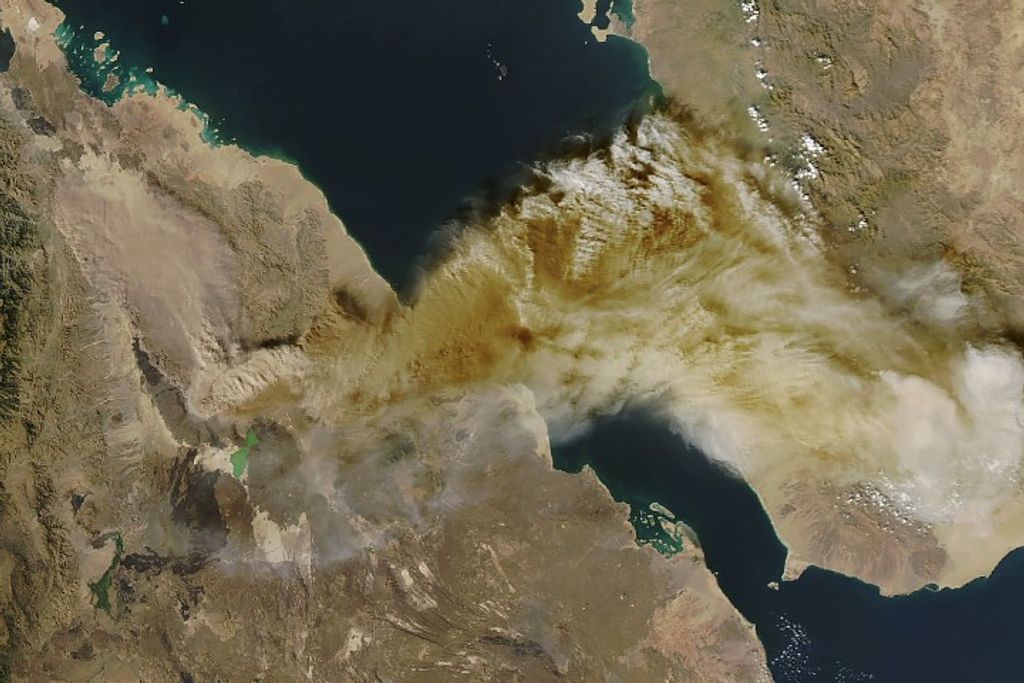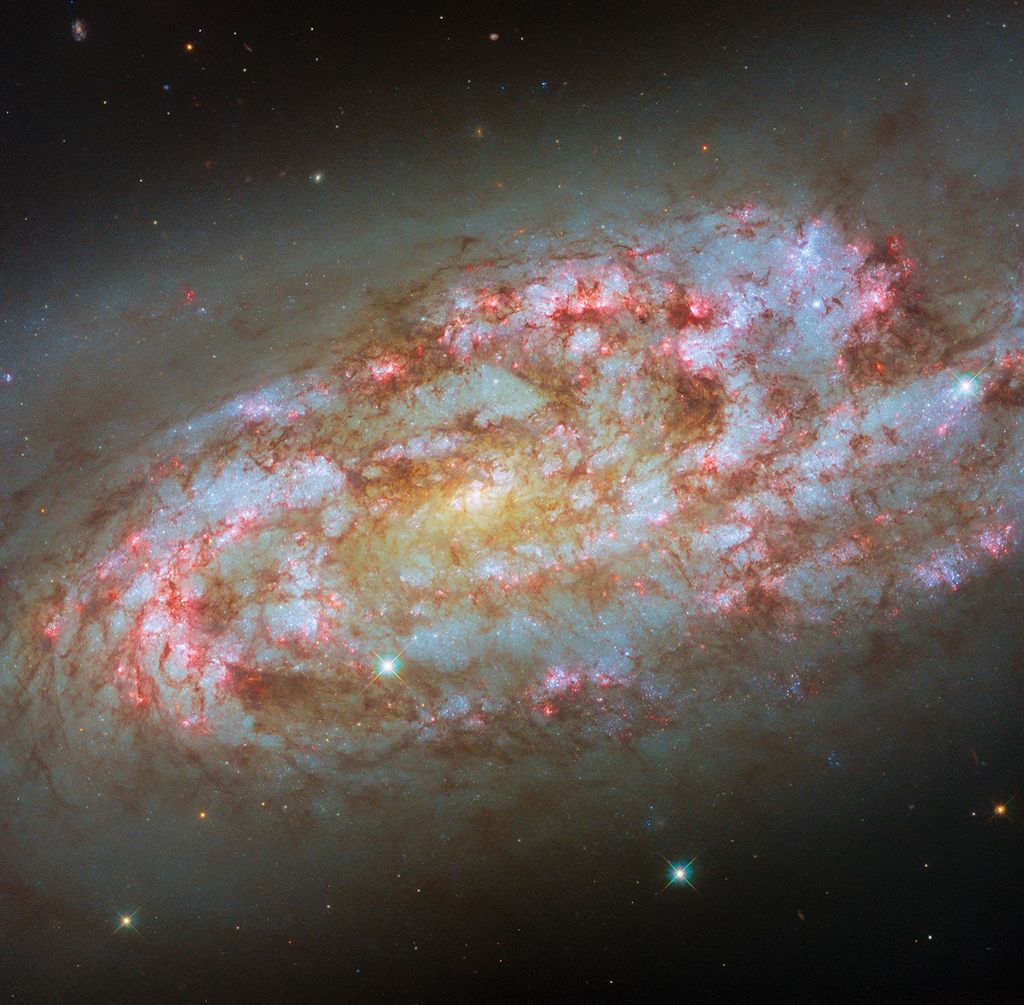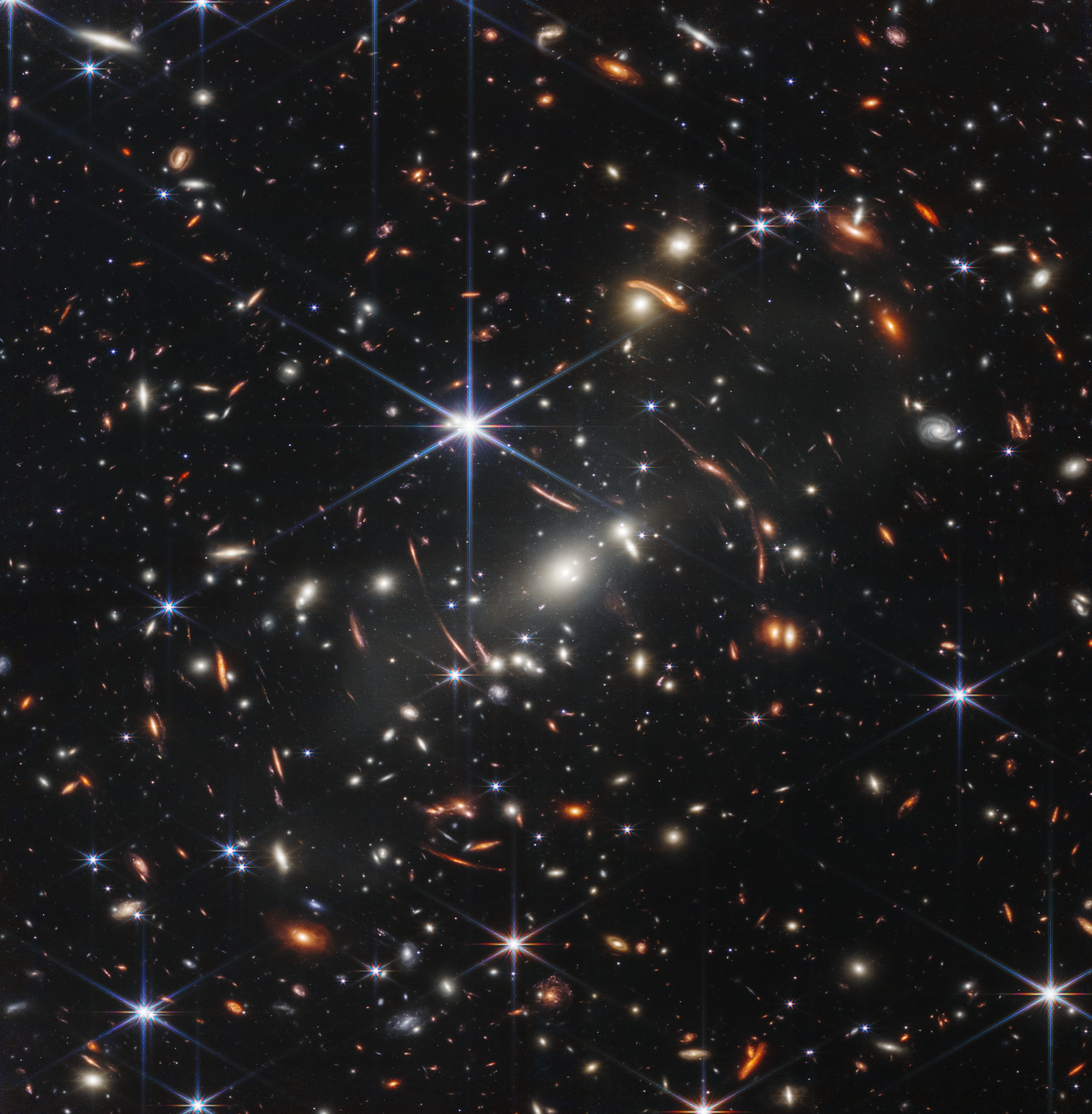Webb Science/Engineering Explainer Collection
You can filter this collection of explainer pages by "science" or "engineering" (by default it shows both). You can also search by keywords/phrases. A wide range of topics are covered, some are Webb specific while others are more general astrophysics topics that apply to Webb.
Filters
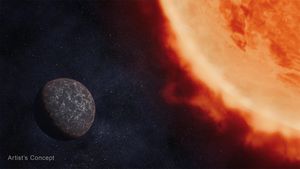
NASA’s Webb and Hubble space telescopes are teaming up to find out. The Rocky Worlds Director’s Discretionary Time program, a…

Revealing the Cosmos Science discoveries made by the James Webb Space Telescope are expected to revolutionize our understanding of the…
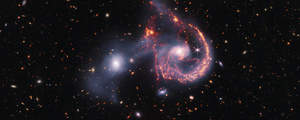
When astronomers use a telescope to look farther away, they are also looking back in time. When we look out…
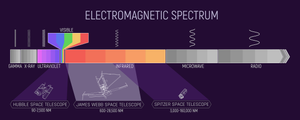
Beyond Visible Light The rainbow of light that the human eye can see is a small portion of the total…

Unfolding the Universe The James Webb Space Telescope is the largest, most complex observatory sent into space. Webb’s innovative design…
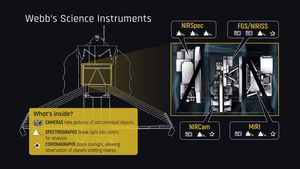
Tools for Capturing the Cosmos Webb’s unprecedented scientific power is a function of both the size of its primary mirror…
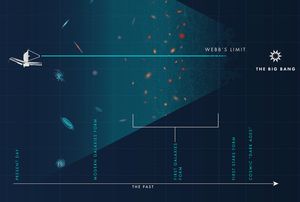
Looking out in space is like looking back in time. Telescopes can be time machines. Looking out in space is…
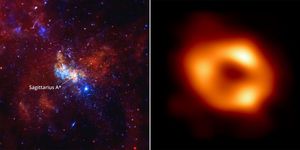
It is just one of billions of galaxies, but the Milky Way is our galaxy, our home in the universe.…
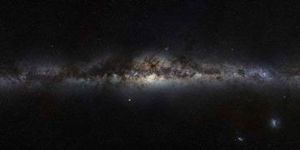
This region is thick with stars and contains a supermassive black hole. We tend to think of our experience in…
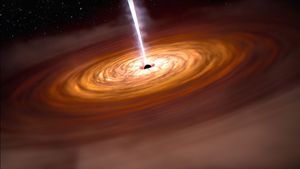
They are among the most mysterious and fascinating features of the universe. Black holes are often described as consuming their…

Active galactic nuclei are active supermassive black holes that emit bright jets and winds, and shape their galaxies. Based on…
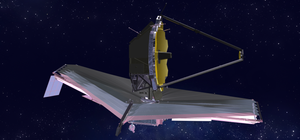
An infrared telescope comes with an inherent design problem—it gives off heat. To capture infrared light from cosmic objects, the…

Webb investigates the history and current state of our solar system, including the emergence of life. As human knowledge of…

Discover the mysterious cosmic bodies that dwarf the gas giant planets. Twinkle, twinkle, little star,How I wonder what you are……
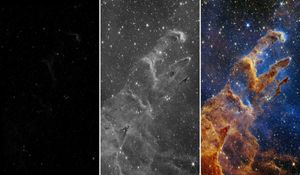
A lot of care is poured into processing the telescope’s full-color images, which begin as black-and-white exposures. Taking a full-color…
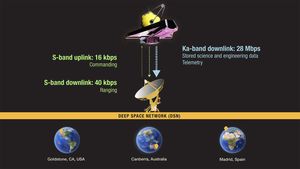
Discover the global Deep Space Network and how it makes communication with Webb possible at any time. NASA’s James Webb…
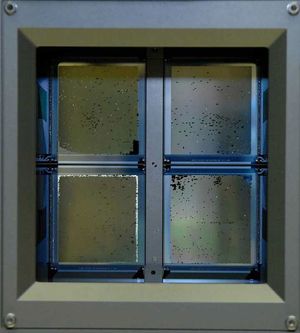
Think how much more productive you could be if you could study a book, check your computer, watch the television,…
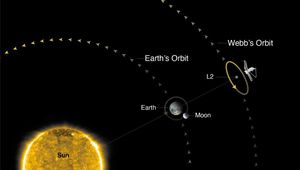
If Earth were an exoplanet orbiting a distant star, what could we find out about the composition of its atmosphere?…
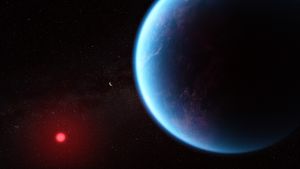
What are planets around other stars like? What are they made of? How did they form? How different are they…
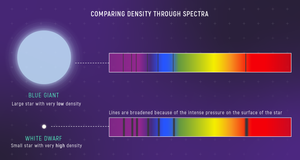
What else can spectroscopy tell us? What else can we learn from spectroscopy? Let’s take another look at hydrogen. Hydrogen…

How will Webb use spectroscopy to explore the universe? Spectroscopy is not limited to visible light. We tend to think…

Why do different elements have different spectral patterns? Let’s go back to simple absorption and emission spectra. We can use…
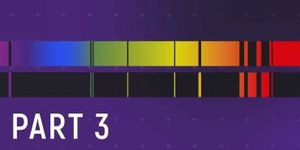
What can we learn from different types of spectra? The basic premise of spectroscopy is that different materials emit and interact…
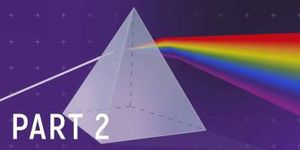
What are light and matter and how do they interact with each other? How is it possible to figure out…
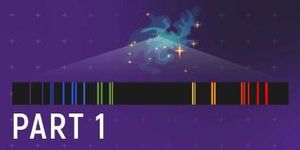
What is spectroscopy, anyway? Know what you’re looking for? Jump ahead in the series! Astronomers have figured out a lot…
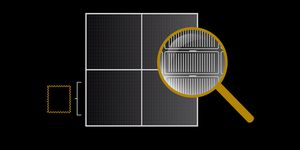
What Webb’s Microshutters Do The James Webb Space Telescope’s microshutter array is a grid of 248,000 tiny doors that can…

The Next Generation Telescope The James Webb Space Telescope, like other NASA missions, started with a question. That question—“what’s next?”—was…
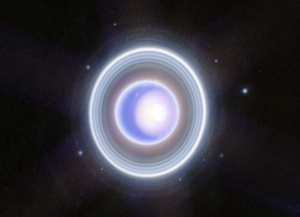
Viewing our cosmic neighbors in a new light Whether exploring the small bodies or giant planets of our solar system,…
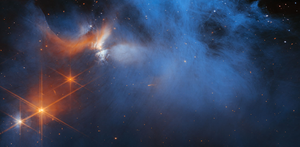
Identifying what’s in molecular clouds and detailing stars in the process of forming. In just two years, the James Webb…
